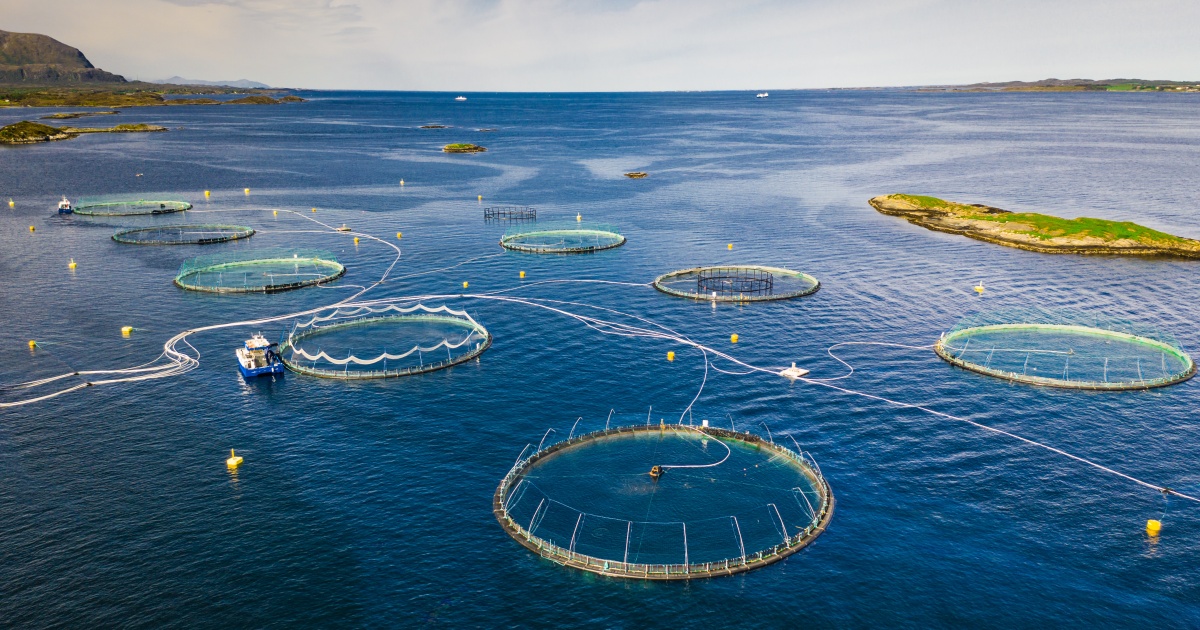
With more than a 150 years of technologies-centric experiences, NTT Group – a provider of sustainable business solutions with more than $108 billion in global revenue – is now embarking on a new venture to further improve how people work and live. Earlier this month, the company officially launched NTT Green & Food Corporation, a new segment organized to develop efficient and sustainability-focused food production systems.
NTT Green & Food Corporation – as part of this joint venture with the Japanese AI/IoT aquaculture company known as Regional Fish Institute – specifically aims to solve the food shortage crises of the present (and the future) through implementation of CO2 conversion processes. (All while mitigating negative environmental impacts that are associated with onshore seafood production.)
To make this happen, NTT Green & Food’s system has been divided into three parts:
- Production and Sale – Algae: Algae (which contain DHA and EPA) are used as food for fish and shellfish, as well as an agricultural fertilizer due to their high nutritional value.
Algae use CO2 through photosynthesis while they grow. So, by utilizing NTT’s algae breeding technology (i.e. mass cultivation tech that adjusts to achieve an optimal temperature, humidity, nutrients and light intensity for production), it’s possible to engineer the algae to store more CO2 in their bodies than usual while also activating photosynthesis and increasing growth rate. This will provide algae to aquaculture operators and farmers facing soaring feed and fertilizer costs due to recent price surges in raw materials.
- Production and Sale – Seafood: By utilizing the algae as a food fish source, NTT Green & Food aims to increase the growth rate for regional fish. Via breeding-improvement technology in land-based aquaculture facilities, NTT Green & Food can reduce the impact of natural disasters, parasites (such as anisakis) and the risk of infectious diseases on production. Recycling breeding water containing excrement from fish and shellfish as nutrients for algae will also minimize water waste.
Note: The seafood produced from this project will be provided to distributors, wholesalers and processors.
- The Developing and Provisioning of Sustainable, Land-Based Aquaculture: In actioning the aforementioned production steps, NTT Green & Food will develop a holistic, land-based aquaculture system. This system will consist of three plants: i.e. a plant that produces fish and shellfish, a plant that produces the algae to feed them, and a water purification plant that purifies fish and shellfish excrement.
Note: Full commercialization would include sales of the system to third parties through NTT Corporation and its operating companies.
By actively collaborating with local organizations, NTT Green & Food is striving to create new job opportunities while promoting local industries and contributing to sustainable local community practices via educational opportunities for cutting-edge aquaculture and environmental protection technologies.
NTT Green & Food aims to achieve revenues of about $70 million in roughly five years, and over $200 million in around a decade.
Edited by
Alex Passett





